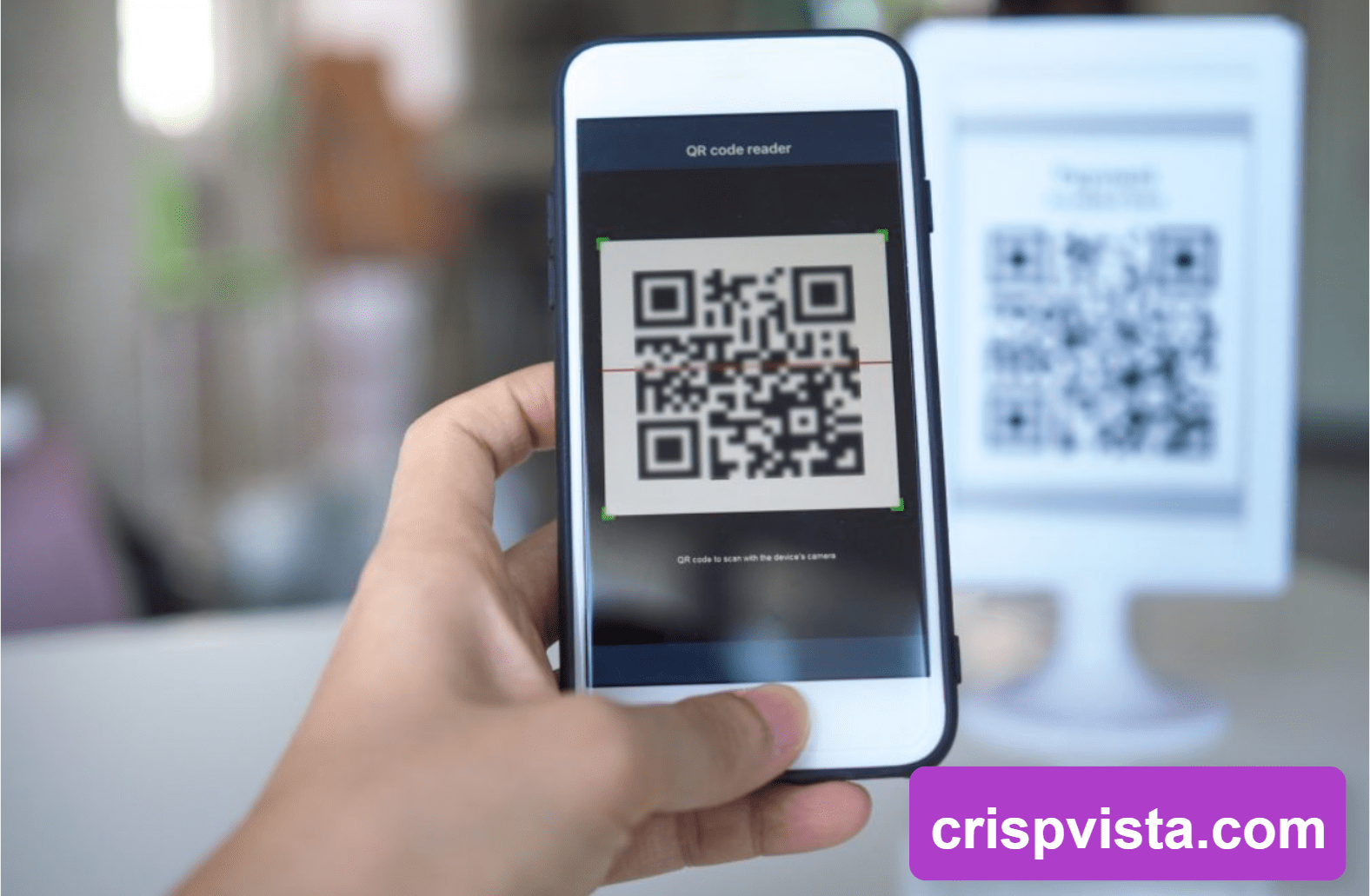QR codes have quietly woven themselves into the fabric of everyday life, especially in settings like restaurants where they have revolutionized traditional practices. Rather than offering physical menus, many eateries now present customers with a QR code. When scanned, these codes direct users to a digital menu on the restaurant’s website, showcasing everything from daily specials and seasonal dishes to updated pricing, thereby streamlining the dining experience and reducing the need for frequent reprinting of menus.
Delving Into QR Code Technology
In this discussion, we’ll dive into the mechanics of QR codes. Initially, I’ll provide an overview of what QR codes are and a brief history, but the focus will primarily be on the intricacies of their structure. We’ll answer questions such as whether QR codes follow a specific format, how they are generated, whether different sections of the square contain different information, and if they include any error correction mechanisms. If you’re intrigued to learn more about QR codes, this exploration will cover all the bases.
Understanding QR Codes
QR codes, or Quick Response codes, were developed in 1994 by the Japanese company Denso Wave to track vehicle parts more efficiently than traditional barcodes, which only store data horizontally. QR codes, however, store information in both horizontal and vertical configurations. They can encapsulate a variety of data types, from simple text to URLs, phone numbers, email addresses, and even Wi-Fi network credentials. For instance, a phone number is embedded as “tel:” followed by the digits, and Wi-Fi information as “WIFI:S:MySSID;T:WPA;P:password”, demonstrating their versatility.
Structure and Composition of QR Codes
QR codes vary in size, with the smallest being a 21×21 dot matrix, capable of holding up to 17 characters of unencoded UTF-8 text with basic error correction. They can scale up to a 177×177 matrix, storing close to 3,000 characters of UTF-8 text. The structure of a QR code includes several distinct components:
- Finder Pattern: Located at three corners of the code, these help identify the QR code’s orientation.
- Separators: These ensure that the finder patterns do not blend with encoded data.
- Timing Pattern: This helps the decoding software determine pixel dimensions.
- Alignment Pattern: Assists in correcting distortions in the QR code image.
- Format Information: Encoded details about the data type and error correction level.
- Data and Error Correction: The majority of the QR code’s interior is reserved for data and error correction bits, which help restore data if the code gets damaged.
- Remainder Bits: These are used to fill up any unused spaces in the data matrix.
Error Correction in QR Codes
QR codes employ Reed-Solomon error correction, which is robust enough to recover up to 30% of the data from a damaged QR code. This balance between data capacity and error resilience is crucial, especially for codes that incorporate logos or other designs without compromising functionality.
Creating Your Own QR Codes
For those interested in generating QR code, numerous tools and websites facilitate this process. While specific recommendations are beyond the scope of this article, resources like the ZXing Project provide a reliable means to create QR codes tailored to a variety of needs. Here’s a simple way to generate a QR code for a website:
- Open your preferred browser on a smartphone.
- Navigate to the site you want to link to.
- Access the browser’s share options.
- Select ‘Create QR Code’.
- Save or share the generated code as needed.
This method is generally supported across major mobile platforms, offering a quick and efficient way to bridge the digital and physical worlds with just a scan. Whether for personal use, business applications, or creative projects, understanding and leveraging QR codes can significantly enhance how you interact with digital content.
